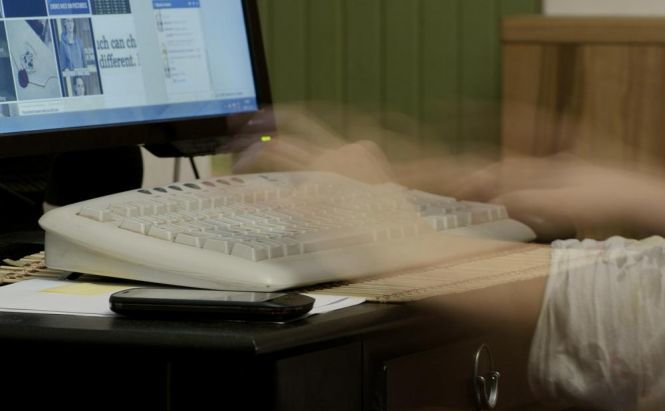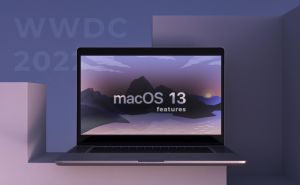 Your Social Network Profiles After Your Death
Your Social Network Profiles After Your Death
The Internet age started not so long ago and a tremendous number of users have already registered their profiles in social networks. Sadly, but a human being is not ever-being: every person is likely to pass away some day. It's a bare fact that one day the amount of inactive profiles of deсeased users will considerably exceed those of active users. Dealing with such accounts is a controversial point of crucial importance even today, that's why social networks are to devise policies and to configure special tools to manage profiles of deceased people.
On Facebook, family members of a deceased person can choose between two options either to remove or memorialize his/her profile. For that, disconsolate relatives should submit a formal request with the person's details, define their relationship and provide a confirmation of death (a link to obituary or a news article). To avoid malicious intentions, pranks and sloppy mistakes, it takes a lot of time for Facebook managers to verify the request.
At first, they examine the account in question to check if there was no recent activity. Only then, theytake actions to close the account or convert it into a memorial one according to the request. Memorizing the profile, FB freezes its content: the social network deletes the person's contact data, status updates and birthday reminders and doesn't allow logging in and editing the profile. Also, the page won't appear on the list of «People you may know». But still, friends are able to visit the page and share memories and sympathies on the Timeline. A so-called gravestone.
As for Twitter, it just deactivates an account of the deceased person upon the request of his/her family members. Here, they should also fill in the form of the request and provide such a documentary proof of death as a copy of the death certificate. The social network allows 30 days for contestation and then it deletes the deactivated account. No whine, just business.
MySpace
The idea behind this social network is simple: it requires only a MySpace user ID number and an evidence of death to convert a page of a deceased person into a memorial. Desolate relatives can appreciate that MySpace can overview and delete the content that they find objectionable.
Google has gone further and launched Inactive Account Manager that allows users themselves to decide what will happen with their accounts after death: either it will be deleted after some time of inactivity or you select trusted contacts who will own and control the account.
It's an extremely private matter how to organize your digital life after physical death but I think you should be a very digital person to evaluate the idea of having your account memorialized and get doubtful condolences from so-called dear friends. When we are alive, we feel deep concerns. After death, it will make no difference.






